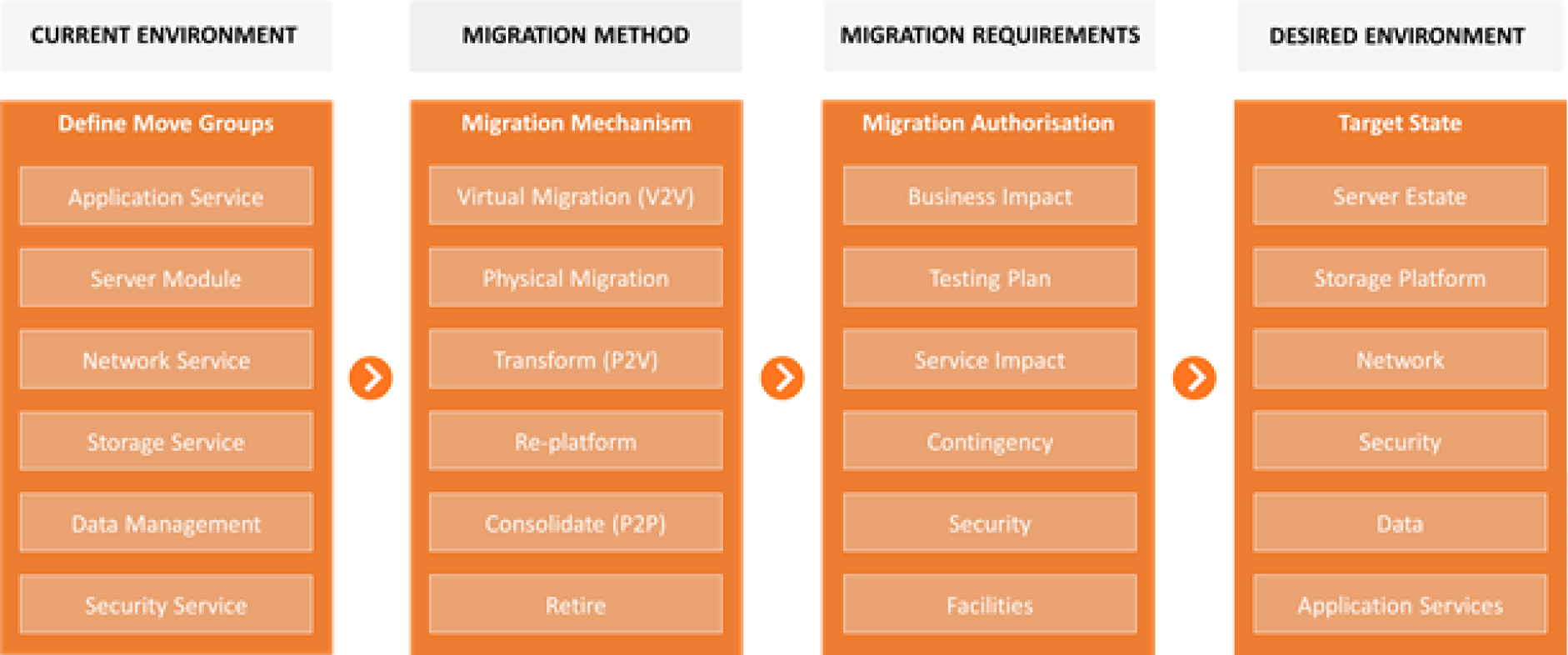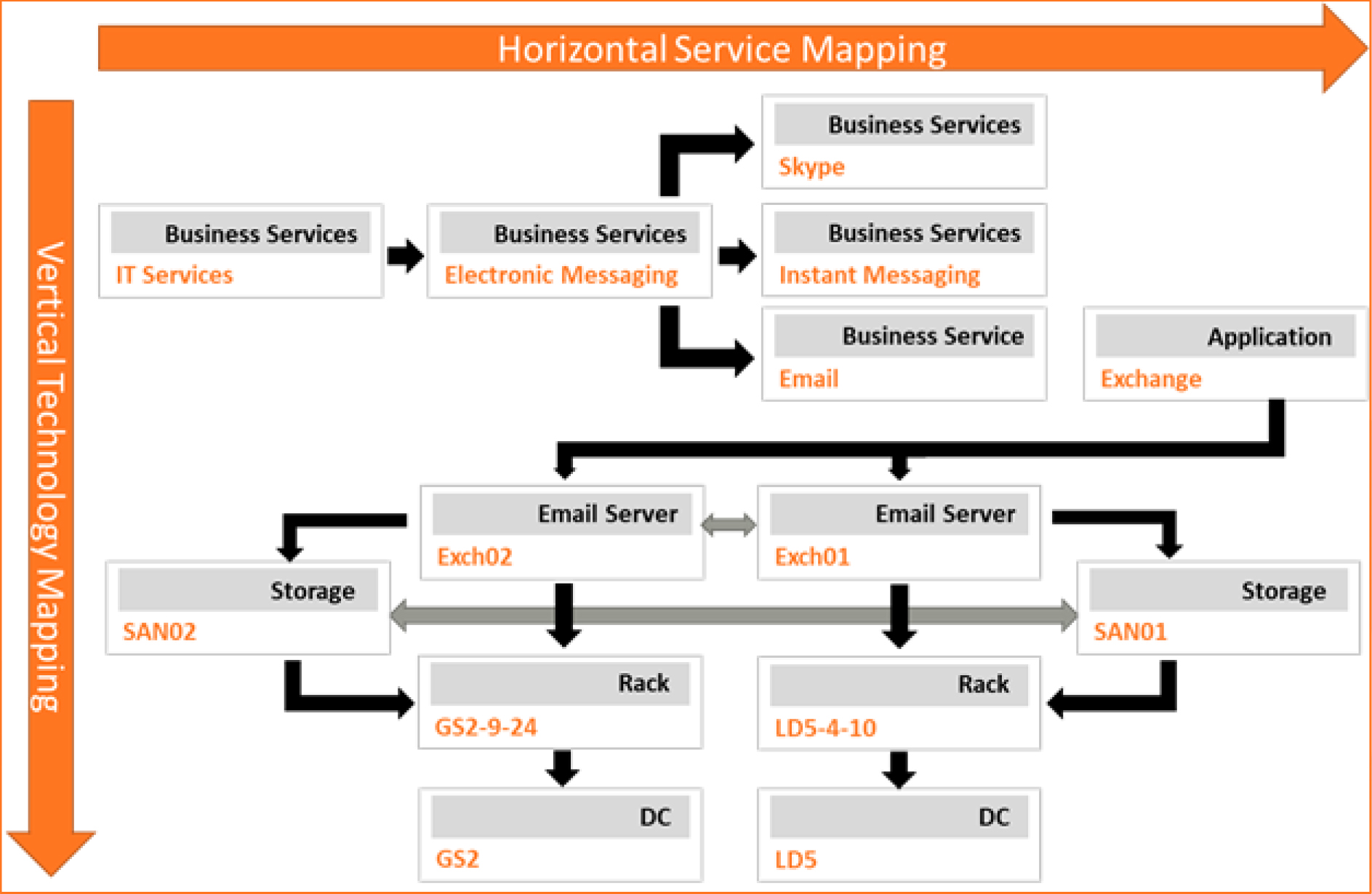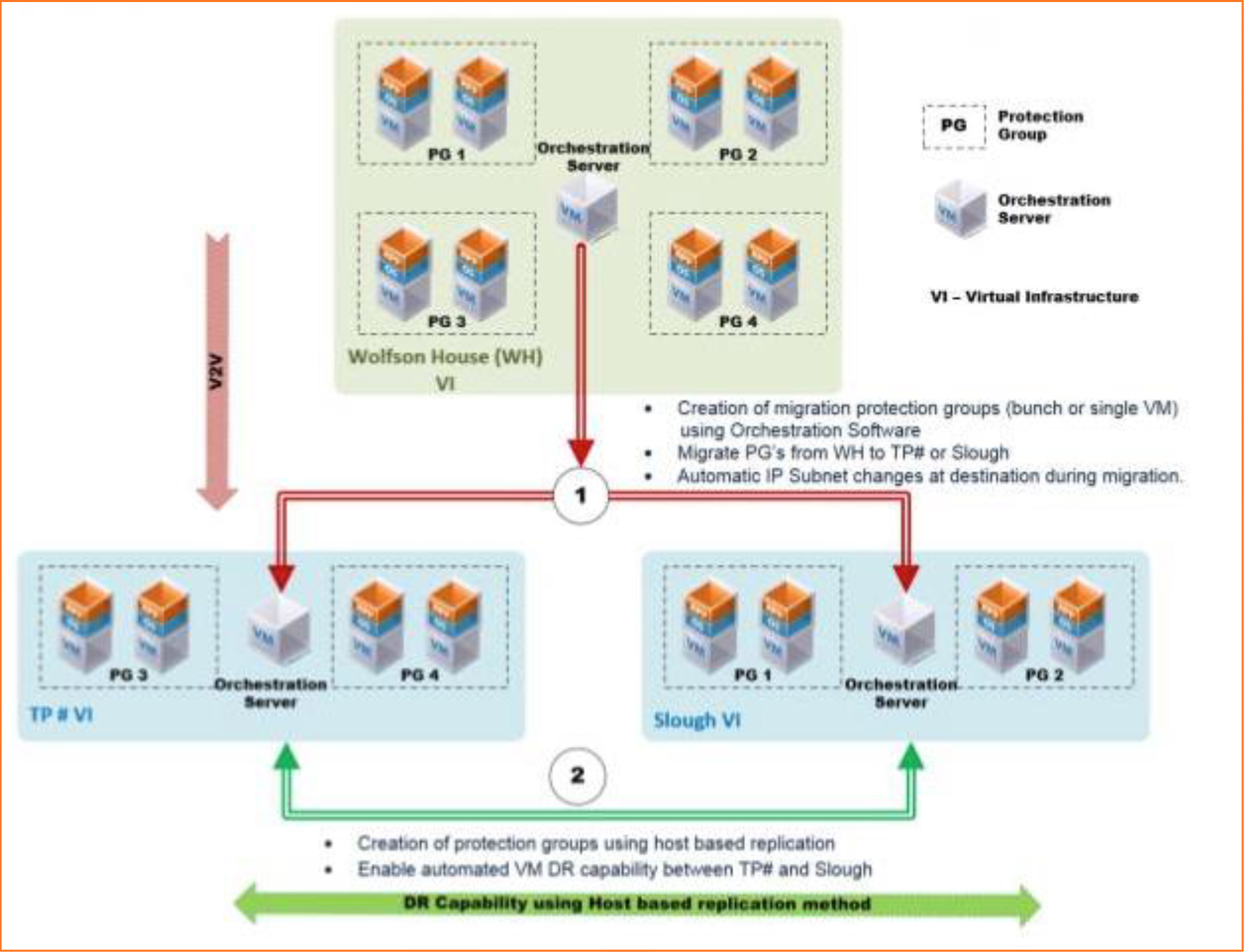
Introduction
University College London (UCL) is a public research university in London and a constituent college of the federal University of London. It is the third largest university in the United Kingdom and the largest by postgraduate enrolment. During the period of the programme UCL had approximately 37,900 students and 14,600 staff (including approximately 7,100 academic staff and 840 professors).
UCL had several on-site data centre facilities within the Bloomsbury area and no off-site data centre facilities. The on-site facilities catered for the needs of several departments and divisions including ISD, Computer Science, Physics, Economics, Engineering and Geography.
Following a compulsory purchase order for UCLs existing sites in Bloomsbury, to facilitate the development of the High Speed 2 rail link in the UK, UCLs strategic plan was to move to two shared strategic data centres, one on-site and one off-site. The proposal for the off-site data centre was for it be highly scalable, and eventually, of at least 200 racksm to enable UCL to continue to meet capacity demands.
Due to the nature of the compulsory purchase order a critical deadline had been imposed on the programme to ensure the existing facility was empty and in a position for HS2 to accept vacant occupation so that demolition could begin.
UCL Data Centre Audit & Relocation Services
Technimove Professional Services team were engaged by UCL to lead and develop the migration programme. The programme consisted of 3 core projects that would be delivered to realise the end outcome of vacant occupation of the UCL data centre. These projects were responsible for the following components:
• The design, procure, build and test of new network, storage and compute infrastructure at the target data centre that would be enough to host thousands of virtual machines, applications and services.
• The discovery, planning and execution of migrating over 600 business critical UCL applications and services running Globally 24/7 from the legacy virtual and physical infrastructure to a new virtual
infrastructure environment.
• The discovery, planning, and execution of physically migrating 150 IT cabinets of business-critical active hardware from the existing data centre to the new target data centre.
Programme Development
Technimove’s Programme lead uncovered a multifaceted, complex schedule of work that would take approximately 2.5 years from inception to completion following a deep dive assessment delivered through a combination of workshops and interviews with all major stakeholders. It required clear definition of stakeholder expectations from HS2 and UCL whilst ensuring UCL retained the excellent level of service it offered its staff and students. At times resulting in a conflicting balancing act of internal and external expectations throughout a myriad of stakeholders and suppliers.
Programme Delivery
UCL required a partner that had proven expertise in delivering enterprise scale programmes of this nature. The organisation engaged Technimove as a strategic partner to manage the planning and. execution of migrating applications and services to the new data centre through their Professional Services function. Technimove deployed a technical programme lead that was able to be fully immersed in the organisation and provide reactive, experienced technical management and engineering specialists that were capable of ensuring the deliverables were met.
Having excelled in the proof of concept stage, Technimove Professional Services were selected as UCLs primary partner to programme and project manage the discovery, planning and execution of migrating the university applications and services to the new virtual infrastructure. This stage in the programme required an immediate and experienced professional services team on the ground within days of contract award, undertaking and managing the deep technical analysis stage of the project. In addition, the orchestration of migration periods, internal and external resource, communications and target state environments were all deliverables that UCL expected from Technimove Professional Services which were delivered in line with Technimove migration methodology.
Migration Planning
An early life discovery of the application landscape was carried out by UCL which formed an initial baseline for Technimove to work with. During the Technimove discovery phase It was quickly identified that the application inventory was out of date and had limited supporting documentation. Technimove proposed to retain the UCL method of capturing and storing the inventory in Excel form that would be managed and controlled through a strict change control process. To improve collaboration amongst teams, Technimove introduced collaborative, Agile ways of working principles by utilising Confluence, Jira and Slack tools which were embraced by the organisation. The migration approach was defined through business analysis and iterative planning with the technical teams which enabled the creation of the application task tracking workflow in Jira. Each application and service was mapped to fully dissect the core components and technology which enabled the tasks and owners to be established in Jira. Once the current state technology components, tasks and owners were identified, the creation of a Digital Application Passport was created which encapsulated all defining features of the current and future state of each application.

Discovery and Analysis
Future Archetypes Mappings were used to explain the current archetypes for the service components that were mapped against the recommended strategic and tactical approaches. During this step,
meetings between Technimove and Service Operation Managers (SOMs) were facilitated explaining the impact and change to the service components.
The next stage established logical groupings that identify like-for-like components which helped to create migrations sequences. Dependencies such as interfaces, external access, feeds, shared resources helped to define these groups. Each migration move group consisted of servers from the same applications and its dependent services. The mapping was carefully considered in migration templates to avoid dependency on another move.
I.e. migration of a particular move group should not or have the least impact on other move group and vice versa.
Virtual Migration
UCLs strategic decision for an off-site colocation facility rendered the existing mechanisms for virtual host migration unusable. As a result Technimove Professional Services were tasked with building a new virtual infrastructure stack in the new data centre location to enable the migration of virtual machines from the legacy data centre. This involved implementing new hardware, network and software components at the new data centres.

The work stream addressed the following objectives:
• Establishing a new virtual infrastructure platform at the new data centres as independent installations
• The implementation of local storage infrastructure and the networking required to support the virtual infrastructure at both sites.
• The implementation of workload management and operation tools
• Achieve a design to enable the growth of the virtual infrastructure to cater for future migrations and capacity requirements
• Provide training on new equipment for operational staff
Following the installation Technimove conducted full UAT on both the network and virtual infrastructure.

V2V Migration
The below diagram and steps explain the V2V migration approach and DR setup between the two UCl data centre using Zerto as an orchestration tool.
1. Install a VMware Convertor server within the existing data centre
2. Execute P2V conversion mentioning TP# or Slough VO stack as a destination
3. Once the conversion is completed, power-off the physical server at the existing data centre
4. Power on the virtual machine at the destination and change IP addresses
5. Conduct sanity testing and application verification testing
Physical Migration
Technimove were also tasked with the management and execution of physically migrating UCLs remaining Data Centre hardware from the legacy Data Centre. This required significant planning and discovery as Technimove contended with decades of legacy infrastructure and cabling that required a delicate, yet thorough approach only made possible by their team of experienced engineers. Technimove engineers undertook a full physical audit of the infrastructure and planned the migration windows in accordance with UCLs acceptable outage periods. The new target Data Centre was pre-cabled with fibre optic and copper cabling by Technimove which resulted in a symphony of logistical excellence during migration periods.
During the phased migrations, Technimove programme and project managers delivered against the transformation plan, with each technology specialist area ready, and personnel on-site prior to start.
Once onsite, the devices were handed over to Technimove to systematically Decommission, De-Rack and wrap in anti-static bubble wrap for protection, before being placed into purpose built, foam lined, server flight cases.
Once the flight cases were secured in the pre-fuelled GPS tracked Mercedes Sprinters, Technimove travelled directly to the destination site via the safest and shortest pre-planned route.
Once at the new destination, the equipment was unpacked and installed in line with the destination rack plans. Once racked, devices were recommissioned in line with the pre-cabling and patching schedule along with hardware, software and application start-up sequencing.
Technimove undertook final checks before handing the equipment back over to the client for the customer’s technical, business unit and end-user testing to commence.
The Result
During the programme, Technimove faced a significant uphill challenge due to working with legacy infrastructure and undocumented business critical applications. The careful planning, triage and due diligence resulted in a programme delivering to the time, cost and quality expectations of the customer. No services were negatively impacted during the virtual and physical migrations with any unplanned downtime. The result ensured UCL were able to vacate the legacy Data Centre on time, meeting the demands of HS2 and showcasing an exemplar approach and delivery of a programme with extremely aggressive timescales.
UCL’s IT Director said:
‘’We would like to thank you all personally for the time and effort you put into this transformation & relocation project. I would like to thank everyone of you for making this the success it was.’’
Their Programme Director said,
“We would like to inform you that the transformation & relocation has gone successfully and smoothly and without a hitch and has left a very good impression across the business. Thank you for the great
support on this transformation programme. Every member of the team was very well prepared and had left a very good impression with us as we feel like a much-valued customer.’’